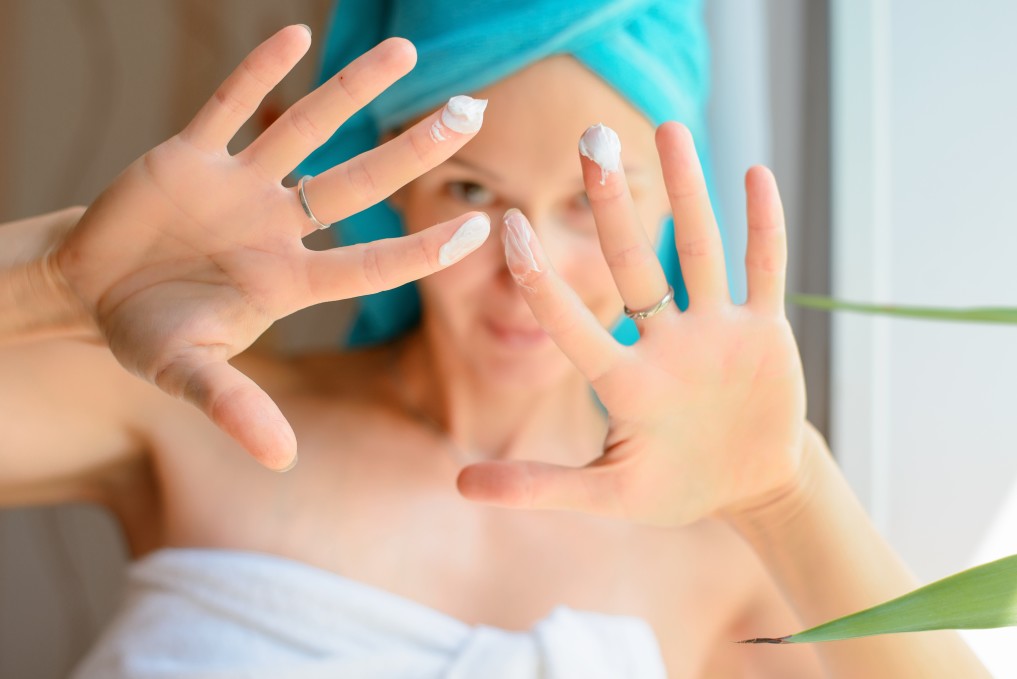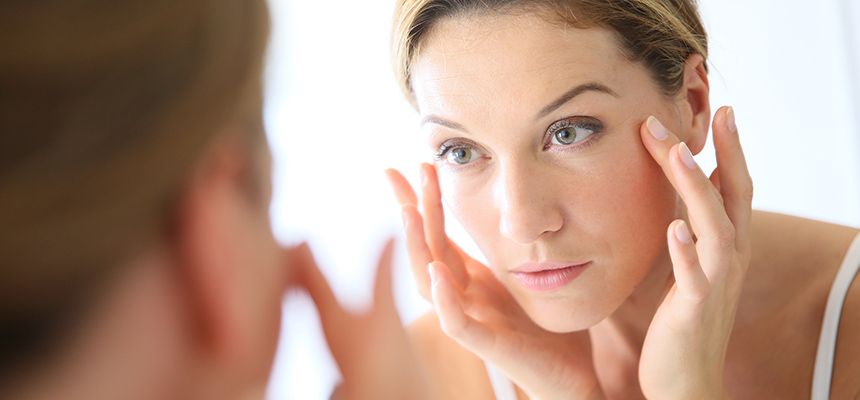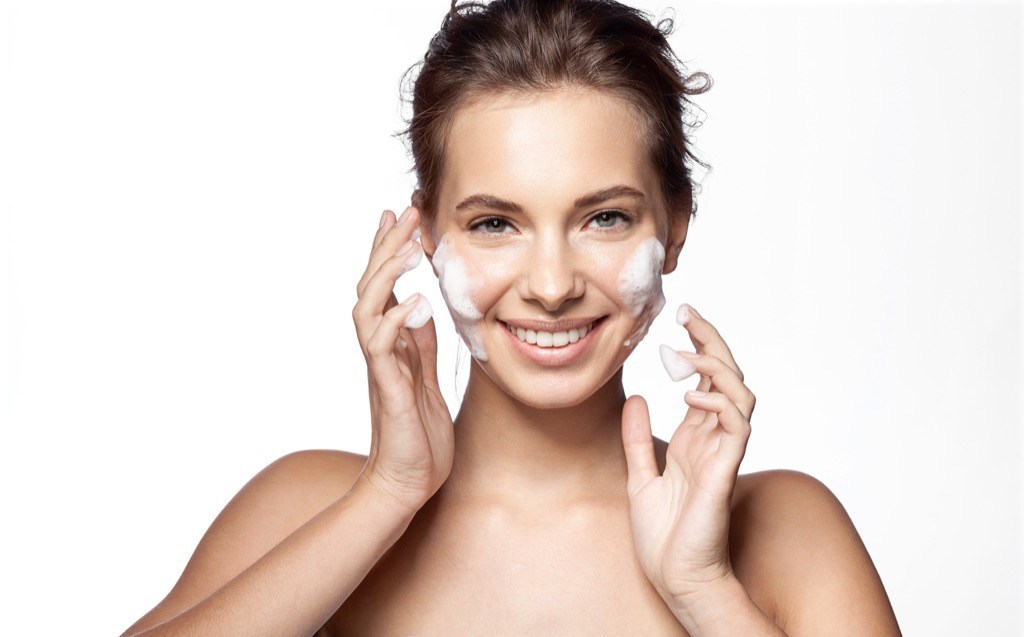
How to choose a new moisturiser - 5 questions to ask yourself
Choosing a new moisturiser is up there with choosing a child’s name. A lot is resting on it. Of all the things you apply to your skin, the moisturiser is doing the most work - it’s the heavy-lifter of the skincare squad.
So what criteria will help you to make a good decision about a new moisturiser? We’ve done some careful analysis and this is what we think you should look for:
Natural or laboratory?
When choosing between a nature-based brand like Okana, and a mainstream brand like L’Oréal, you need to consider your own personal values. What sort of food do you prefer to eat? If you’re someone who tries to do the 5+ vege/fruit plus plenty of wholefoods, then natural skincare will feel like a smart choice. If you’re more of a convenience food type of person, you might feel more comfortable with a mainstream brands.
What are the key ingredients?
Reading the ingredients list is an important step when you’re choosing a new moisturiser. If you’re looking at a mainstream product, you’ll probably see things like:
- Water (Aqua), Sodium Ascorbyl Phosphate (vitamin C/antioxidant), Cetyl Alcohol (texture enhancer, Ascorbyl Glucoside (vitamin C/antioxidant), Neopentyl Glycol Diheptanoate (texture enhancer), Potassium Cetyl Phosphate (emulsifier), Glyceryl Stearate (emollient), PEG-100 Stearate (texture enhancer)…and so on.
You might even notice some of the real baddies, like:
- Methylparaben, ethylparaben, propylparaben, butylparaben, DMDM hydantoin, imidazolidinyl urea, diazolidinyl urea, quaternium-15, 2-bromo-2-nitropropane-1,3-diol, 5-bromo-5-nitro-1,3-dioxane, sodium hydroxymethylglycinate, Sodium lauryl sulphate/sodium lauryl sulfate.
If you’re considering a natural moisturiser, and you’re looking at a 100% natural brand, you’ll see things like:
- Water (Aqua), Prunus Armeniaca (Apricot) Kernel Oil, Olea Europea (Olive) Fruit Oil, Glycerin (plant derived), Olea Europea (Olive) wax, Betaine (derived from sugar beet), Daucus Carota Sativa (carrot) Juice...etc
How you react to the ingredients list will depend on your skincare philosophy, but never skip this step – you need to go into your new moisturiser relationship with eyes wide open.
What do the reviews say?
Remember the days when we didn’t have Google reviews to get a feel for product performance? Those were dark days indeed – trying products was like going on a blind date. But now it’s quick and easy to see what other people think of the product you’re considering. Read the 5-star reviews, but also read the 1-star reviews – both ends of the spectrum are helpful.
Is it a day cream or a night cream?
Day creams usually have a lighter consistency and often an SPF. They’re designed to go under makeup and protect your skin from the onslaughts of 9 to 5. Night creams are richer and more nourishing, so that your skin can rejuvenate while you’re sleeping. If you can only afford one moisturiser, go for the day cream. Nobody wants to put makeup on top of a rich night cream – it’ll melt into creases and slide down your face.
Our day and night creams are an attractive duo that will look great on your bathroom vanity, as well as your face. The daytime formulation is hydrating and full of antioxidants to fight free radical damage, which is a daytime risk. The night cream is focused on maintaining skin barrier function and overnight replenishment.
How much do I want to pay?
This is the million dollar question. Does spending a bundle on a luxury moisturiser deliver a good ROI (return on investment)? Coughing up $150 on a scientific ‘jar of hope’ seems ridiculous, when there are worthy natural options out there for just $25.
How much you need to spend can depend on what you want the cream to do. Think about these points when you’re comparing a more affordable natural product, like Okana, with something super-fancy, like La Mer:
If a product contains a high amount of peptides and stem cells, along with stabilizers to look after the performance ingredients, the price goes up.
- High-priced creams may use huge R & D laboratories to develop their products or their packaging may be more expensive, therefore the list price will be higher.
- Ingredients like niacinamide, sulfate, ceramides and hyaluronic acid can increase the cost of a product, because they’re not made by nature – they have to be manufactured.
- Products are often expensive because of their marketing campaigns. Luxury skincare brands are promoting a lifestyle, as well as their product range.
- The BBC show ‘The Truth About Looking Good’[1] says that higher levels of humectants are associated with better moisturiser performance. Plant-sourced glycerin is recognised as a very effective humectant, and it’s not expensive at all.
[1] https://www.dailymail.co.uk/femail/article-5247915/The-best-moisturisers-high-street-cheapest.html




Leave a comment
This site is protected by hCaptcha and the hCaptcha Privacy Policy and Terms of Service apply.